The 45 RPM (revolutions per minute) vinyl single, a cornerstone of the music industry, holds a significant place in the history of recorded music. Introduced by RCA Victor in 1949, this format revolutionized the way music was produced, distributed, and consumed, paving the way for the modern music era.
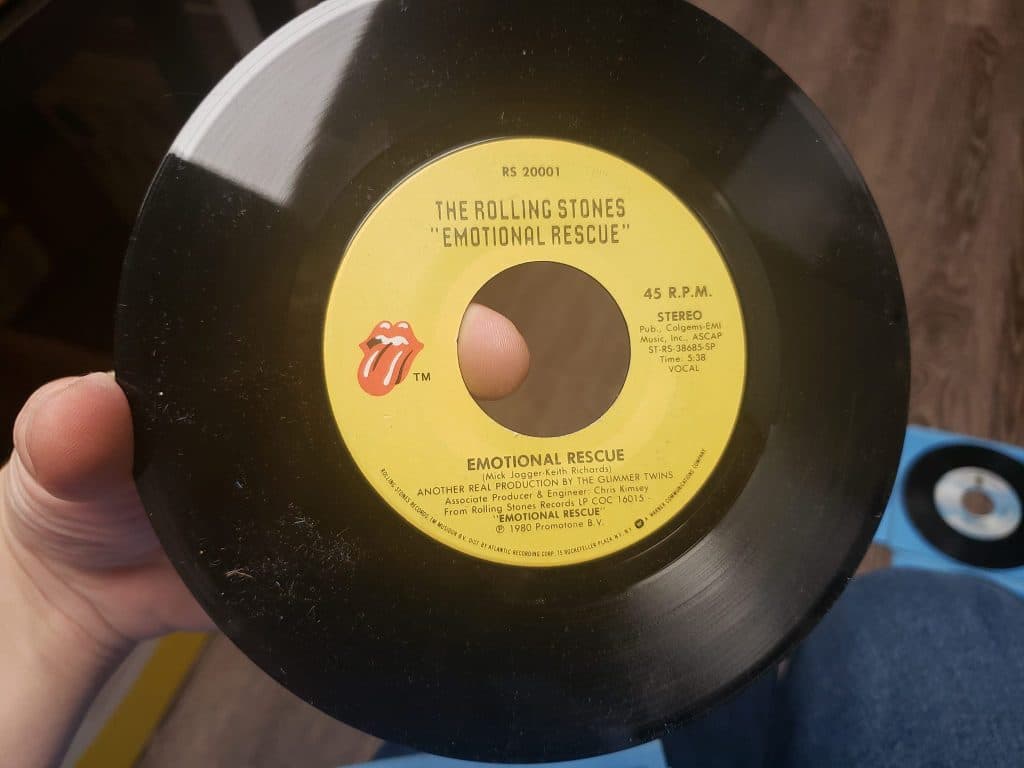
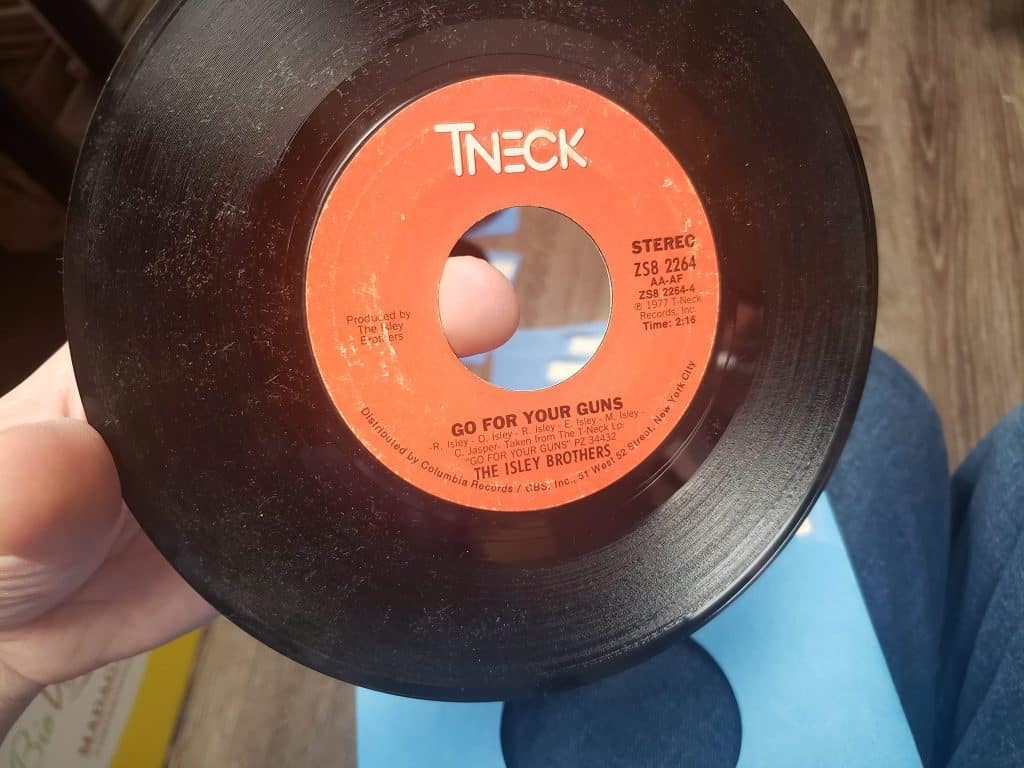
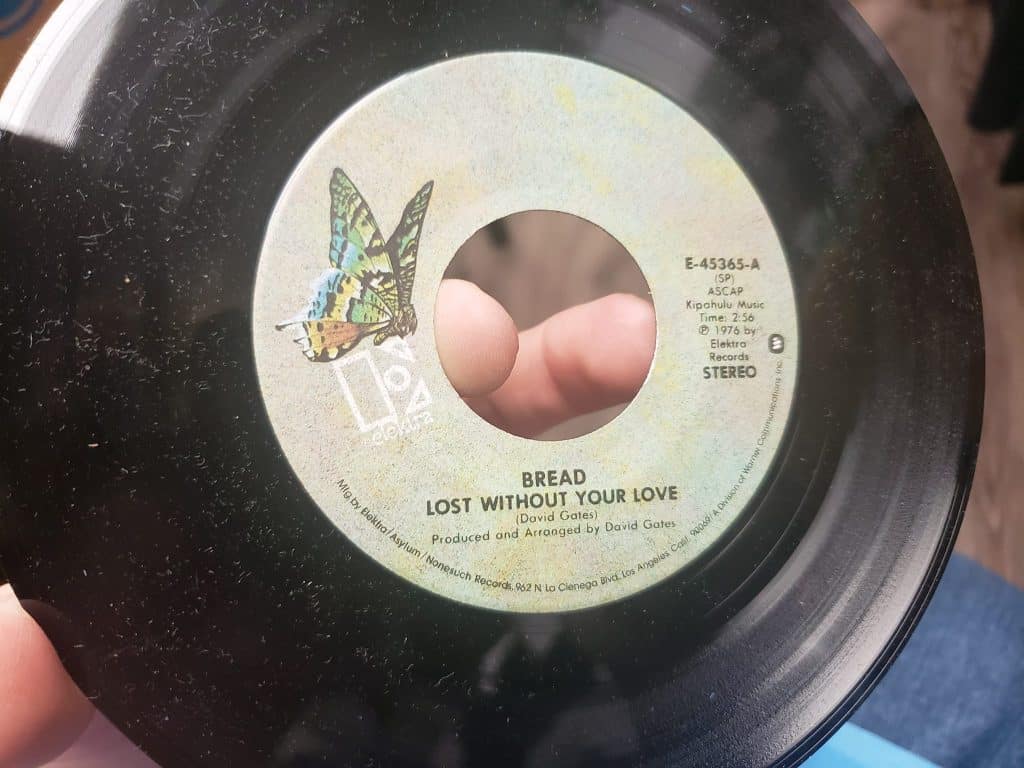

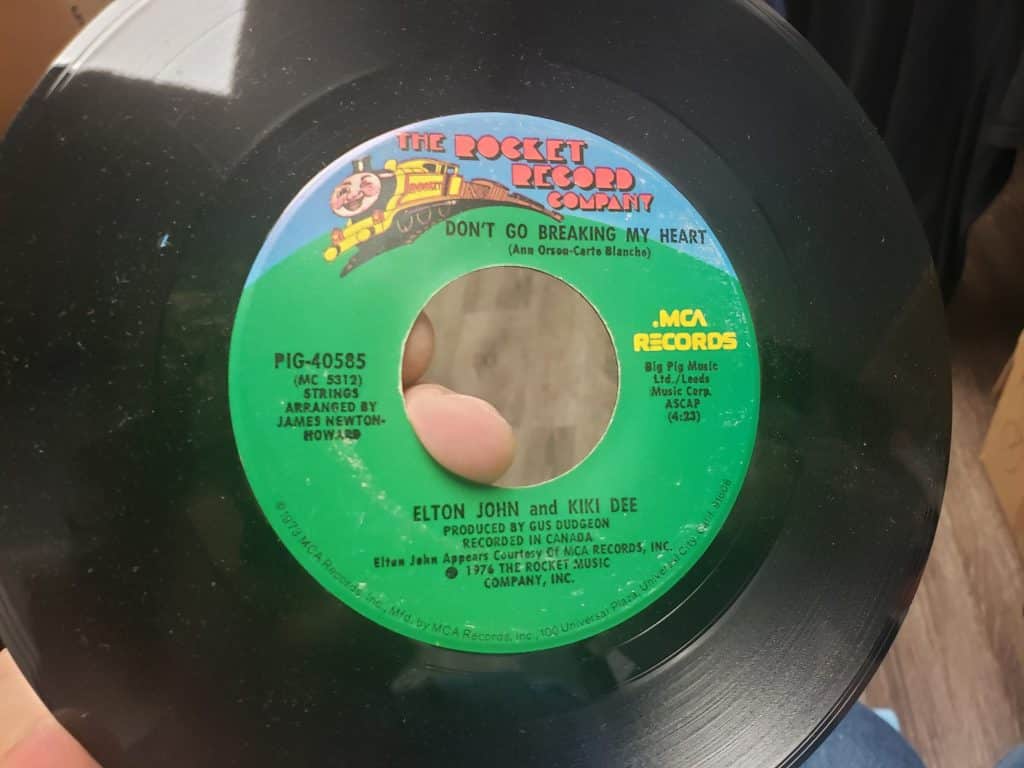
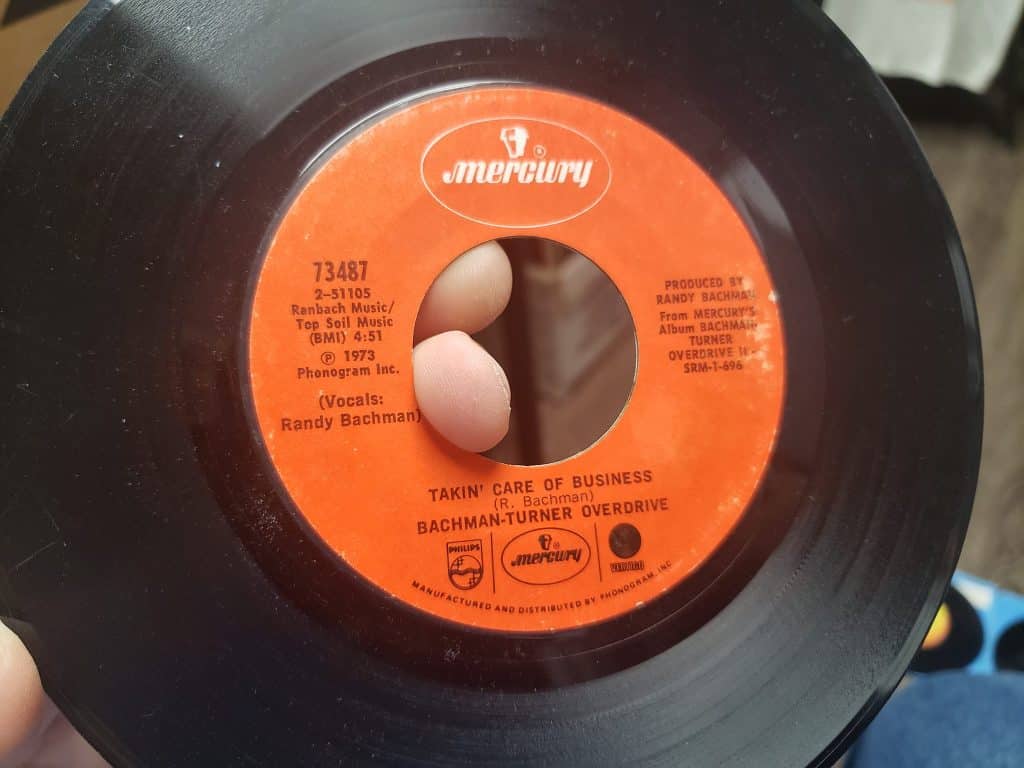
The Birth of the 45 RPM Record
Before the 45 RPM single, the 78 RPM shellac record was the industry standard. However, these records were fragile, heavy, and had limited playtime, usually around three to four minutes per side. The need for a more durable and higher-quality format led RCA Victor to develop the 45 RPM vinyl record.
RCA Victor unveiled the 45 RPM record on March 31, 1949, in response to Columbia Records’ introduction of the 33 1/3 RPM long-playing (LP) record the previous year. The 45 RPM record was smaller, with a diameter of 7 inches, and featured a large center hole. This design allowed for easier handling and automated jukebox operations, which were becoming increasingly popular.
Technological Advancements and Market Impact
The 45 RPM single’s vinyl composition made it more durable than its shellac predecessor, and the smaller size made it more portable. The format’s high-fidelity sound was another significant improvement, as it could capture a broader range of frequencies, resulting in a clearer and more dynamic listening experience.
The introduction of the 45 RPM single coincided with the rise of jukeboxes in diners, bars, and clubs across America. The format’s compact size and durability made it ideal for these machines, which played a crucial role in promoting new music. Moreover, the affordability of 45s allowed teenagers and young adults to build personal music collections, driving demand for popular singles.
Cultural Impact and the Golden Age of the 45
The 1950s and 1960s marked the golden age of the 45 RPM single. This period saw the emergence of rock ‘n’ roll, with artists like Elvis Presley, Chuck Berry, and Little Richard achieving widespread fame through their hit singles. The 45 RPM record became the preferred format for these and other emerging artists to release their music, contributing to the rapid growth of the rock ‘n’ roll genre.
Radio stations also played a crucial role in the success of the 45 RPM single. DJs could easily queue and play these records, making it possible to introduce new songs to a broad audience. The format’s popularity with both radio and consumers created a synergistic relationship, propelling many artists to stardom.
The Decline of the 45 RPM Single
By the late 1960s and 1970s, the music industry began to shift towards LPs, which offered longer playtimes and the opportunity for artists to create more cohesive and expansive works. Albums like The Beatles’ “Sgt. Pepper’s Lonely Hearts Club Band” and Pink Floyd’s “The Dark Side of the Moon” showcased the artistic potential of the LP format, leading to a decline in the dominance of the 45 RPM single.
However, the 45 RPM single never disappeared entirely. It remained a vital format for promotional purposes and a collector’s item for music enthusiasts. At Bonjongles, we have a large selection of 45s from lots of great artists. If you’re interested in collecting 45s, stop by and check out what we have in stock in our record room.
The 45s Legacy
The 45 RPM vinyl single played a pivotal role in the music industry, shaping the way music was marketed, consumed, and enjoyed. From its introduction in 1949 to its golden age in the 1950s and 1960s, and its lasting legacy in the digital age, the 45 RPM single remains an iconic symbol of a transformative era in music history. Its impact on popular culture and the music industry is a testament to its innovation and enduring appeal.

